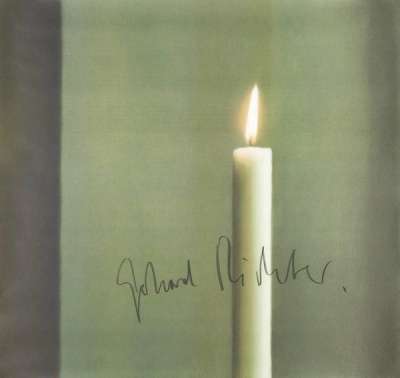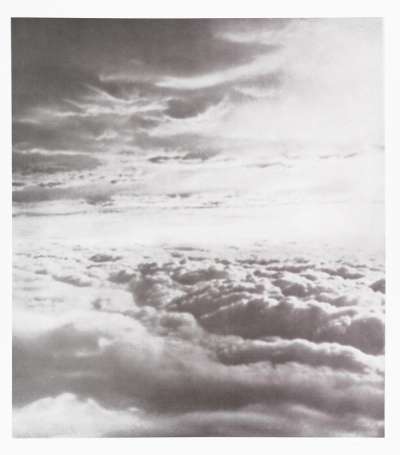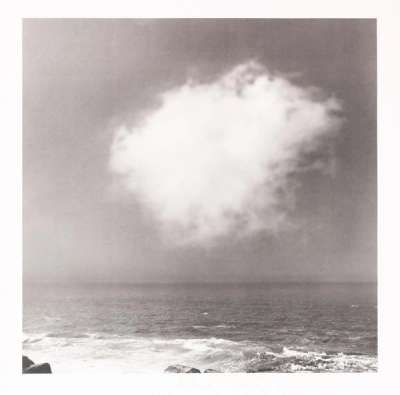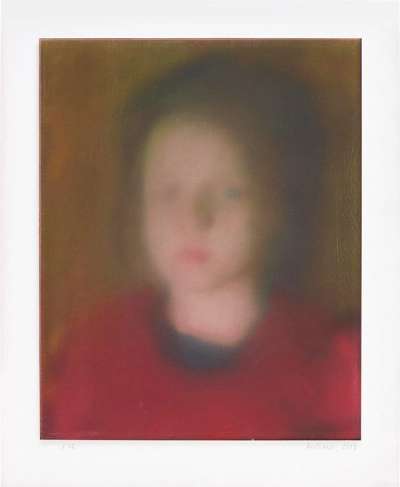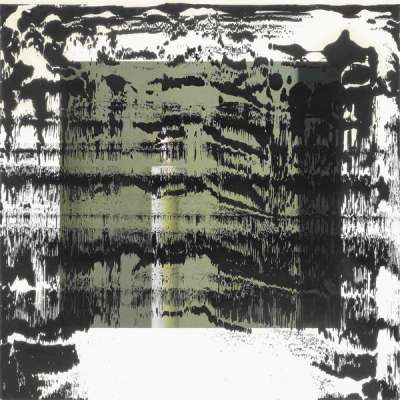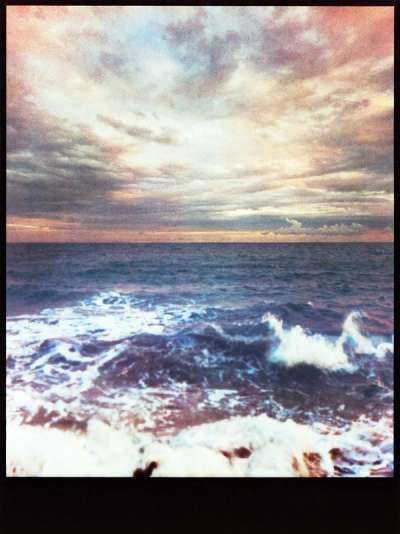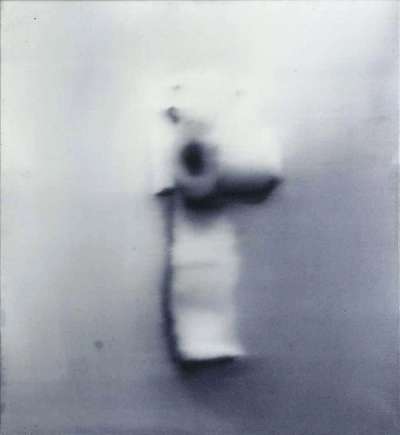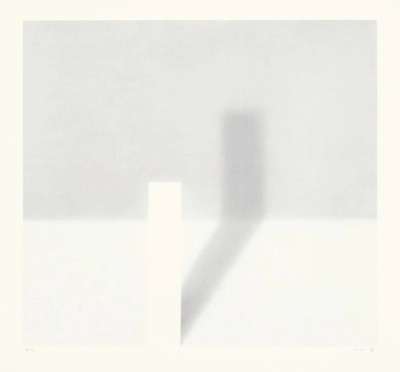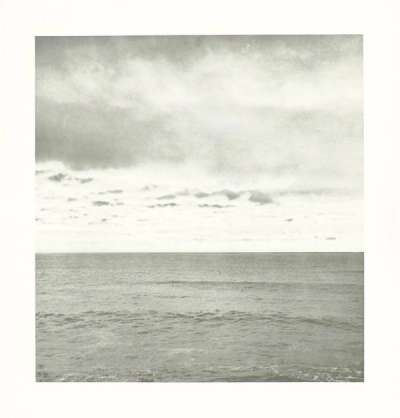
Schattenbild II

Schattenbild II
Signed Print
Gerhard Richter
Price data unavailable
AAGR (5 years) This estimate blends recent public auction records with our own private sale data and network demand.
There aren't enough data points on this work for a comprehensive result. Please speak to a specialist by making an enquiry.
Medium: Photographic print
Edition size: 150
Year: 1968
Size: H 50cm x W 54cm
Signed: Yes
Format: Signed Print
TradingFloor
Track this artwork in realtime
Watch artwork, manage valuations, track your portfolio and return against your collection
Track auction value trend
Auction Results
| Auction Date | Auction House | Location | Hammer Price | Return to Seller | Buyer Paid |
|---|---|---|---|---|---|
| February 2025 | Van Ham Fine Art Auctions | Germany | |||
| September 2021 | Christie's New York | United States | |||
| May 2008 | Sotheby's New York | United States | |||
| March 2004 | Lempertz, Cologne | Germany |
Meaning & Analysis
Schattenbild II is a signed photographic print by German artist Gerhard Richter, issued in an edition of 150 in 1968. Product of a life-changing phase in Richter’s life and artistic career, its German-language title references its exploration of formal artistic concerns, namely light, shadow, and perspective. It is part of the Atlas series.
Together with Schattenbild I (1968), Schattenbild II (1968) is a prime example of Richter’s experimental, semi-abstract work of the late 1960s. Contrasting with the artist’s realist portraits, such as the iconic Onkel Rudi (2000), his still lives, and his Übermalungen - or ‘overpainted’ photographs, this image combines programmatic technique and a certain ‘abstract’ sensibility quite unlike that explored by Richter in his later abstracts. A precursor to the procedural methodology used to create the Cage Grid series - an assemblage of ‘squeegee’-based works inspired by the work of avant-garde composer, John Cage - Richter’s ‘shadow paintings’ were created in 1967 and 1968. These works explored rigid, organised forms, such as windows, and were marked for their austere palettes and mood.
In 1961, Dresden-born Richter escaped the German Democratic Republic - or ‘East Germany’ - just a few weeks before the building of the Berlin Wall. He would never see his parents again. Settling in the affluent Rheinland city of Düsseldorf, West Germany, Richter began studying at the Kunstakademie Düsseldorf under the Karl Otto Götz, a pioneer of the Art Informel movement. In Düsseldorf, Richter kicked against his prior training in socialist realist art, which he had received at the strictly ideological Dresden Academy, later co-founding the ‘Capitalist Realist’ style with Sigmund Polke and Konrad Fisher.

